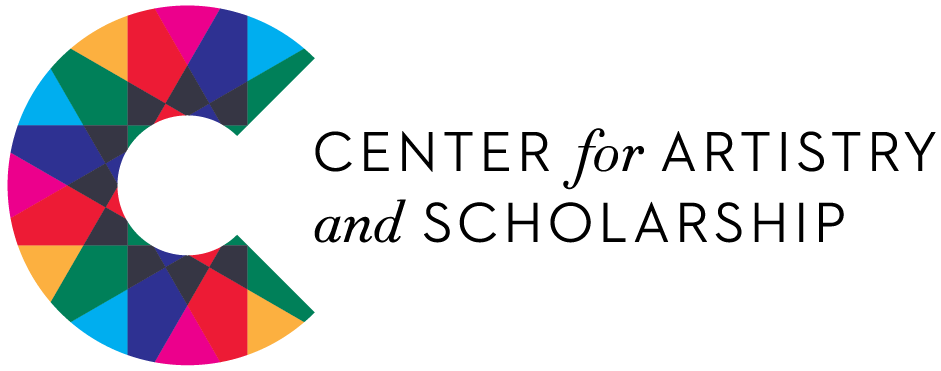Art-Integration as a Lever for Engagement in Science Class
Elizabeth Schibuk is a Middle School Math and Science teacher at Conservatory Lab Charter School.
Two 7th grade boys came to find me Friday after school asking me to call their mothers. Yes, a couple of thirteen year-old boys were asking me to call their mothers.
Students practicing their self-composed pieces.
A few weeks ago we finished up our second of two major arts-integrated projects in my 7th grade science class. In the first project, students worked as a class to create a comic book to chronicle the life cycle of a computer, from the sourcing of raw materials to disposal of obsolete machines. In the second project, students were tasked with reviewing an online database of global earthquakes, and then, using a series of codes and keys to “sonify” the data - translate it from scientific information to musical information - write a score from the musical notes they had derived. Lastly, students had to synthesize their learning in a written artist statement about their work.
7th graders writing their reflections.
As we were working on our earthquake data sonification projects, our published comic books arrived in the mail. I seized this as an opportunity to host my first celebration of learning (an EL Education tradition). The celebration would serve both to launch the release of our published comics and to showcase the work that we had done on the earthquake data sonification project. I asked each class for a handful of volunteers to join my “Celebration of Learning Planning Committee.” I helped to facilitate, but the students did the bulk of the planning.
After several after-school work sessions with my committee, the day finally arrives for our Celebration of Learning, and I’m excited for the event to be over and done with. The audience trickles in slowly. One or two teachers arrive first, which gives the students a safe space to rehearse their presentations. Next comes a group of administrators, and eventually a wave of families. All of a sudden, a stream of students that had vowed not to invite their families are asking me if they can call or text their mothers to see if they’re coming. Quickly there is a bustle about the room as guests are wandering through our gallery of work, listening to students share their learning and their process. I get to sit back and watch: the students are running the show.
Most good teachers are their own worst critics - and I can already think of all the ways I will make these projects more rigorous and content-rich next year. For now, I’m basking in the joy of seeing my students invested in and proud of their work. All afternoon the students are catching me in the hallway - “That was awesome Ms. Schibuk!” “When can we do that again?”
Classroom support assistant Mr. Santiago works with a student to record her playing her original composition.
In reflecting on what helped my students be successful over the span of these two projects, the following patterns emerge:
Materials Matter: Students don’t know how much you spend on the art materials you use, but they do know the value you place on the materials. If you treat the materials you bring to the classroom as artist tools, then students will begin to see themselves as artists.
Classroom as Studio: Classrooms are often set up as auditoriums. The teacher is the focal point and the person doing the heavy lifting. A studio, however, is laid out according to the work-needs of the artists. The setup is meant to facilitate the best possible focus, inspiration, and work production. Thinking of my classroom not an auditorium space, but as a studio space, will continue to help me build a culture of student-as-worker, teacher-as-coach.
Audience Matters: Knowing that their work would be displayed publically established an imperative for quality. I set up the celebration of learning as a significant event, which set a context for my students to feel significant. One student shared, “my favorite part of the data sonification project was showing off my work to other people/parents.”
Artist Statements: In writing about their work, students needed to be able to connect their process and their product back to the science content they were working to illustrate. Students that had only reluctantly read the texts I assigned about plate tectonics, were now re-reading them over and over again as they worked to explain earthquakes to their reader. Students had a need for the information in the text, and were thus ready to engage with it. Despite being reluctant writers, when they had a piece of original art to write about, and an audience to write for, students worked exceptionally hard to produce their best written work.
Ms. Schibuk, center, at the classroom celebration.
And so, when the two young men came to find me Friday afternoon to call their mothers and share how well they had done presenting their work at the Celebration of Learning, I could not have been happier to oblige. These are the moments we live for as teachers.




